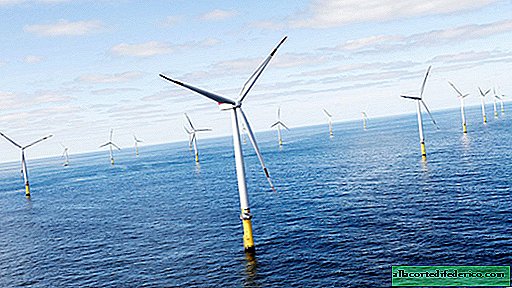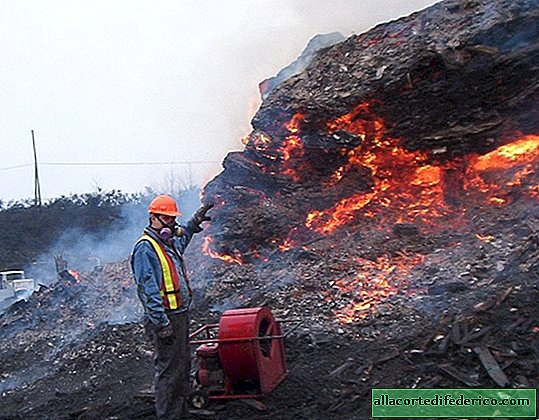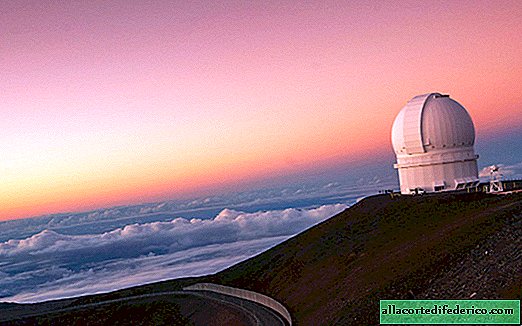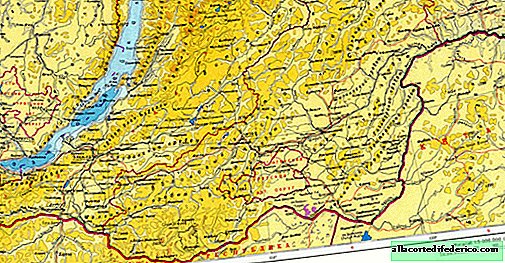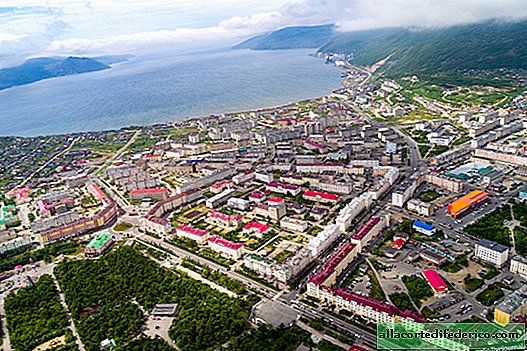What negative consequences await Russia as a result of melting Arctic ice
Endless ice open spaces, icebreakers, gale and polar bears. Here, perhaps, is the whole list of associations that arise when thinking about the Arctic. But a changing climate is making adjustments to the existence of the entire planet. These changes have not spared the Russian part of the Arctic region. According to experts, in the near future the situation in this "ice world" may change significantly.
The main transport artery of the Russian part of the Arctic is the Northern Sea Route (NSR). It runs along the northern coast of Russia along the seas of the Arctic Ocean - the Barents, Kara, Laptev, East Siberian, Chukchi and Bering. The NSR connects the European and Far Eastern ports of Russia, as well as the mouths of navigable Siberian rivers into a single national transport system in the Arctic.
The use of the Northern Sea Route for the transport of goods by foreign vessels is possible only with the appropriate accompaniment of the Russian icebreaking fleet. Even in summer, in difficult areas (the Taimyr and Lyons ice masses), one often has to resort to the help of atomic icebreakers. But, despite the ice difficulties, such a route is economically advantageous, since the distance and the time spent between the ports of northern Europe and the northern part of the Pacific Ocean are approximately halved compared to the circuit route through the Suez Canal. From St. Petersburg to Vladivostok along the NSR - 14,280 km, and through the Suez Canal - 23,200 km.
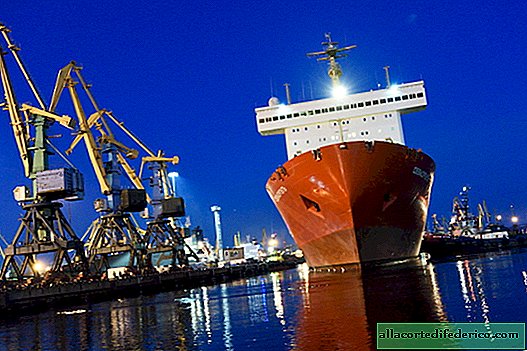 In the photo: Murmansk seaport
In the photo: Murmansk seaportGlobal warming has led to a significant decrease in the area of ice caps on the planet. The area of continuous ice cover recorded by scientists in August 2012 in the Arctic amounted to only 54% of the indicators for the period 1981-2010. In addition, the thickness of the Arctic ice was also significantly reduced. The ice situation in the Russian part of the Arctic is similar to the overall picture in the region.
In 2011-2013, some Russian and Western experts believed that in the coming years there will be only one-year ice in the NSR waters, which will extend the navigation for up to five months (from late July to December). Some of them predicted the complete disappearance of the "ice cap" by 2020. However, subsequent observations by scientists of the Russian Academy of Sciences and researchers from Europe showed that in 2013 the area and thickness of ice in the Arctic increased again by 1.5 times. But still, it is half as much as in the 1980s.
Due to the warming, many countries interested in increasing cargo through the NSR from East Asia to Europe began to show activity in this region. With open water, icebreakers will not need to be escorted, and an increase in the navigation period also brings considerable profit. Indeed, even today, the cost of fuel resources using this route is 30% lower than through the Suez Canal, and if the ice melts completely, profitability will only increase. But some scholars caution against hasty conclusions. The unpredictability of the Arctic climate and the abrupt change in weather conditions very often lead to the fact that "clean water" on the NSR highway literally in a couple of days is covered with floating ice. Therefore, it is still impossible to completely dispense with icebreaking assistance when using the NSR.

Another important aspect in the international use of Arctic spaces is the mineral resources of this region. Within the Arctic there are territories, continental shelves and exclusive economic zones of eight Arctic states: Russia, Norway, Denmark (Greenland and the Faroe Islands), Finland, Sweden, Iceland, Canada and the USA (in the Alaska region). If everything is clear with the land territories, then a number of questions arise regarding the continental shelf. And the higher the price of the field discovered there, the louder the voices of the countries claiming it.
The fact is that the Arctic is rich in almost all types of natural resources. And the observed widespread depletion of mineral reserves on land forces mining companies to move to offshore areas. This is most common in the oil and gas industry. Already today, about 30% of the world's hydrocarbons are produced in the sea, and these indicators, according to experts, will grow. Therefore, the development of deposits on the Arctic shelf looks more and more profitable. And the improving living and working conditions of people in this region are encouraging.
In 2009, Science magazine published information on the natural resources of the Arctic. According to the research team, about 83 billion barrels of oil (about 10 billion tons) are in the Arctic, which is 13% of the world's undiscovered reserves. And natural gas in the Arctic, according to scientists, is about 1,550 trillion cubic meters. At the same time, most of the undiscovered oil reserves lie near the coast of Alaska, and almost all Arctic natural gas reserves are located off the coast of Russia. It is also noted that most of the resources are located at a depth of less than 500 m.

In this regard, a number of countries in the Arctic region, as well as East Asian countries that do not seem to have any relation to the Arctic, are showing increasing interest in the Russian shelf. The situation is complicated by the fact that today, unfortunately, there are no international legal acts regulating the use of this region. To the end, not only the issues of mining, but also shipping in the waters of the Russian part of the Arctic have not been resolved. And in the future, with the improvement of the accessibility of this region, the situation may become very complicated.


